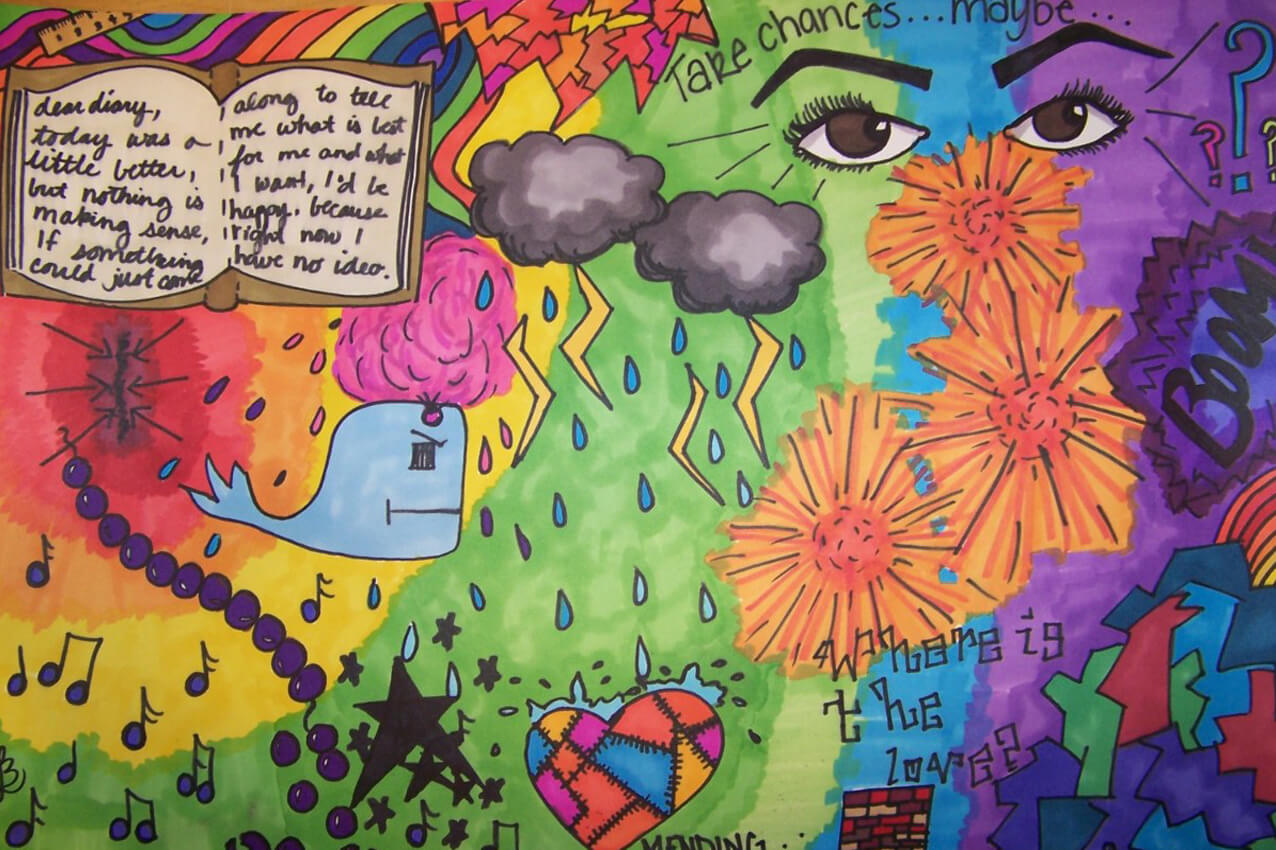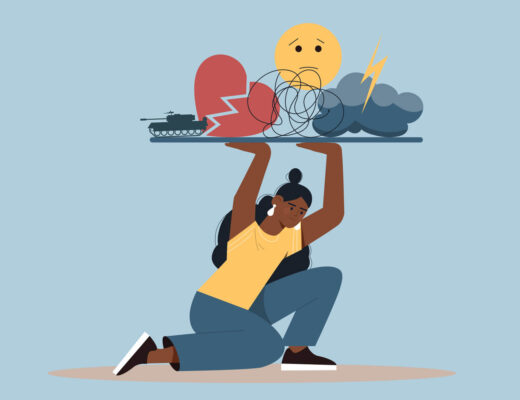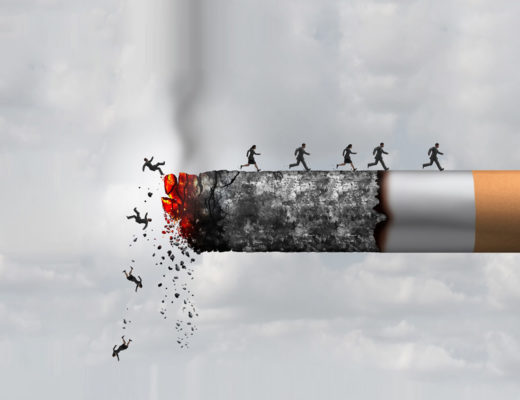From what I’ve seen, most people’s knee-jerk reaction upon hearing the term “art therapy” is to dismiss it as an adequate form of treatment. Despite it seeming odd and novel to some, art therapy has in fact been a form of treatment for over 70 years (Waller, 1991). This is impressive seeing as how psychology itself didn’t emerge as a scientific discipline until 150 years ago (Schwarz & Pfister, 2016).
Art therapy first started taking root in psychiatric hospitals in the 1940s, mainly in European countries and in the US (Malchiodi, 1999). However, the term “art therapy” was coined in 1942 by artist Adrian Hill who, at the time, was in hospital recovering from tuberculosis when he became aware of the therapeutic effects of creating art (Hogan, 2001).
Art therapy is now recognized as a non-medical, holistic type of intervention that comes in several shapes and forms. It is its own category of therapy just like any other therapy you may have heard about (CBT, psychoanalysis or group therapy) but it also integrates these therapeutic approaches resulting in hybrid approaches such as art psychotherapy, cognitive behavioral art therapy or group art therapy (Malchiodi, 2012).
Art therapy exists in clinical and non-clinical settings. It may be done individually or in groups and must be facilitated by an art therapist who should have a minimum of a master’s degree in art therapy (American Art Therapy Association (AATA), 2022).
The title of art therapist is a protected and regulated profession in the UK (Department for Business, Energy & Industrial Strategy, 2021) and in 15 US states (AATA, 2022). It is an ever-present, ever-growing practice all over Europe and in several countries including the United Arab Emirates, Brazil and China.
How does it work?
Art therapy stems from the notion that expressing yourself artistically invites healing and growth (Malchiodi, 2012). When it is difficult to put thoughts into words, art therapy provides an alternative medium for expressing oneself.
According to the Art Therapy Credentials Board (2022), art therapy brings together three aspects to create the therapeutic effect:
- The art media (the tools used to create art).
- The creative process: Harnessing the power of creating something and going through the steps of making it is an important process in and of itself. Here, while making the art, is where you gain important insights (University of Queensland, 2020). This is why your artistic skill level wouldn’t matter in this case because what the piece looks like at the end isn’t what truly matters; what matters is experiencing that creative process.
- The resulting artwork: Creation of the art piece is followed by the client’s interpretation of the final work with aid and guidance from the art therapist (Malchiodi, 2012).
Who does it help?
Art therapy helps a range of people and problems. All age groups can benefit but since this type of therapy is a nonverbal way of communicating one’s thoughts and feelings, it can be especially useful for young children, people with autism spectrum disorder (ASD) and even for the elderly who may be suffering from dementia/Alzheimer’s disease (ATCB, 2022; Hu et al., 2021).
Art therapy can be used to treat people who have anxiety, depression and/or post-traumatic stress disorder (PTSD) (White, 2022). It may also help people with autism, victims of abuse, people diagnosed with cancer, or individuals with substance abuse or experiencing family and relationship issues (Art Therapy Credentials Board, 2022).
Contrary to what many believe, you do not need to be good at art to benefit from art therapy. As previously mentioned, the creative process itself brings about the therapeutic effect regardless of what the final piece looks like. Still, it wouldn’t be correct to say art therapy is for everyone. Evidently, as long as you approach it with an open mind and you are doing your part, then you should have no problem benefiting from art therapy in a clinical or non-clinical setting.
Art Therapy outcomes
By engaging with art in a therapeutic way, you are being encouraged to confront external or internal emotional triggers, negative beliefs about yourself or any other issues that may obstruct the path to better mental health (ATIC, 2022).
Therapy through art gives clients the chance to “explore their feelings, reconcile emotional conflicts, foster self-awareness, manage behavior, develop social skills, improve reality orientation, reduce anxiety and increase self-esteem.” (Art Therapy Credentials Board (2022).
In this way, art therapy is said to be a holistic psychotherapy. This is because it places art-making alongside talk as the method of treatment and it aims to enrich the daily lives of the families, children or adults who engage with it by promoting things like personal growth and self-understanding and relief from overwhelming trauma (Malchiodi, 2012).
The World Health Organization (2019) now recognizes the positive role that the arts play in improving mental health. Additionally, Hu et al. (2021) reviewed 413 studies about the effectiveness of art therapy to treat a range of illnesses and found that this form of therapy helped significantly reduce symptoms such as pain, anxiety, sadness and depression. However, more research is needed to further validate the benefits of art therapy in the process of psychological trauma and recovery.






